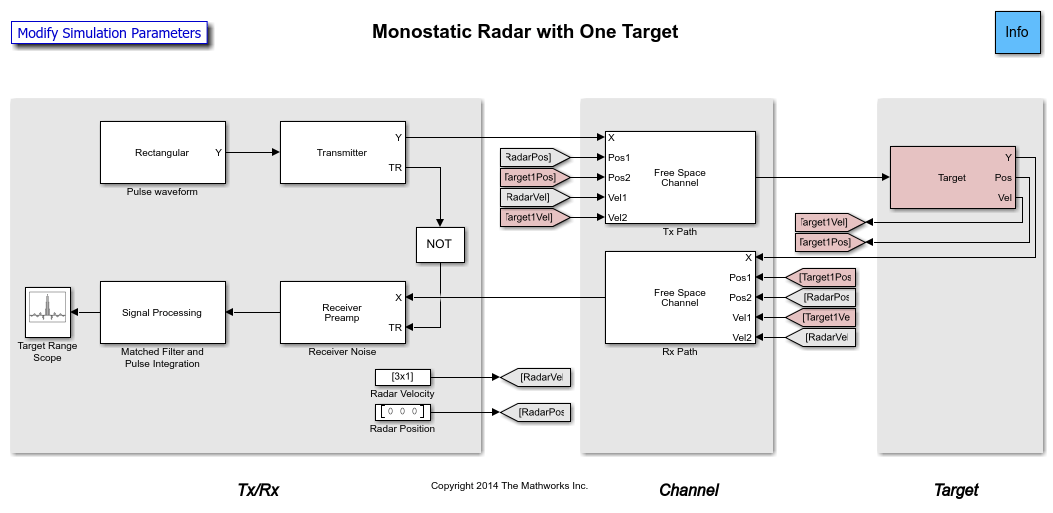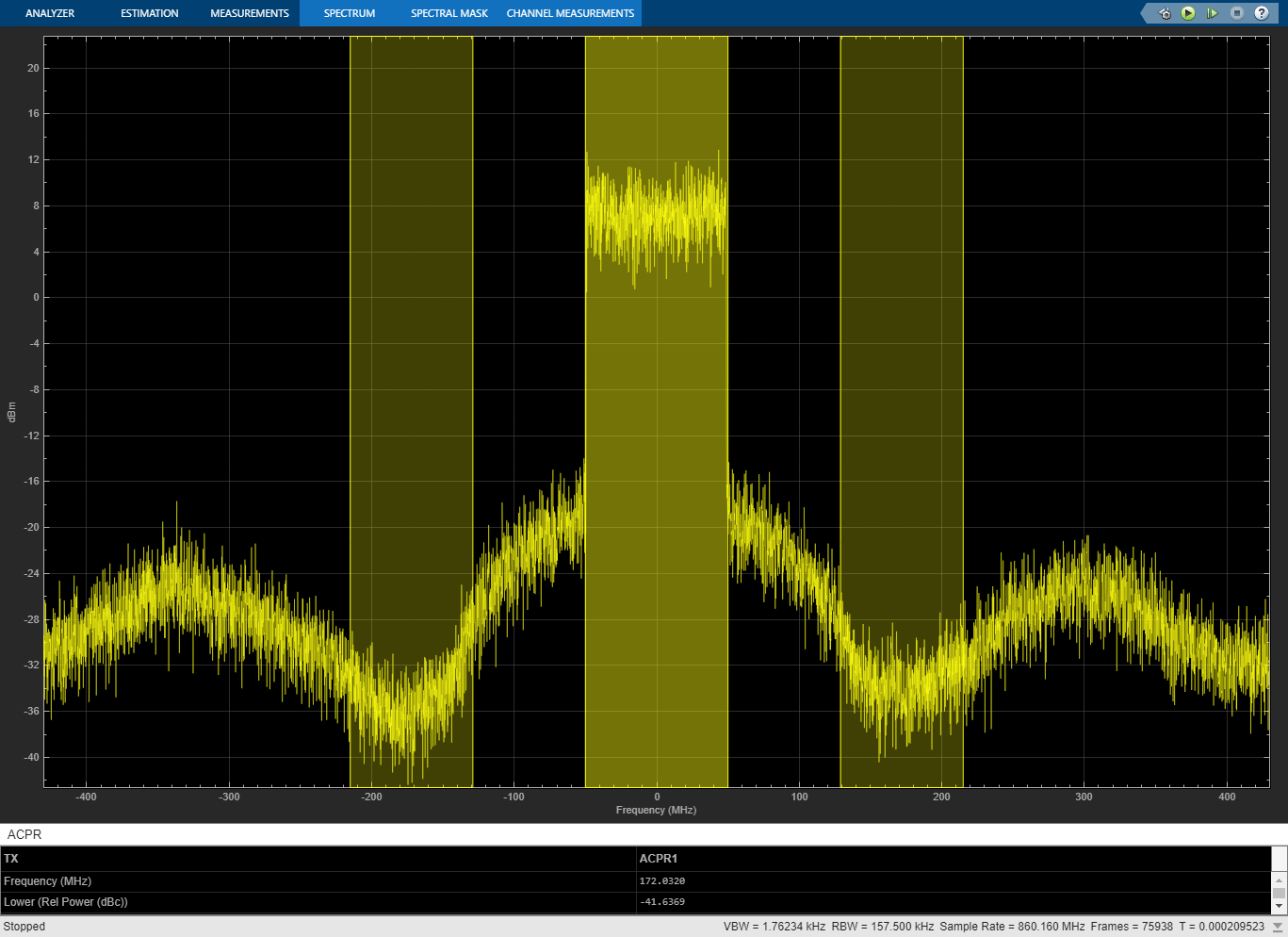Coupler
Model ideal frequency-independent couplers with S-parameters
Libraries:
RF Blockset /
Circuit Envelope /
Junctions
Description
The Coupler block models four port directional
couplers in a circuit envelope environment as an ideal S-parameter
model. The four ports of the coupler are Input port (Port
1), Through port (Port 2), Isolated port (Port
3), Coupled port (Port 4).
Directional couplers are used to sample forward and reflected waves propagating along a transmission line. Directional couplers find uses in many RF design applications such as line power sensors and transmitter automatic level controls.
Hybrid couplers are used to split or combine signals with specific phase relations.
Examples
Parameters
Version History
Introduced in R2014a


